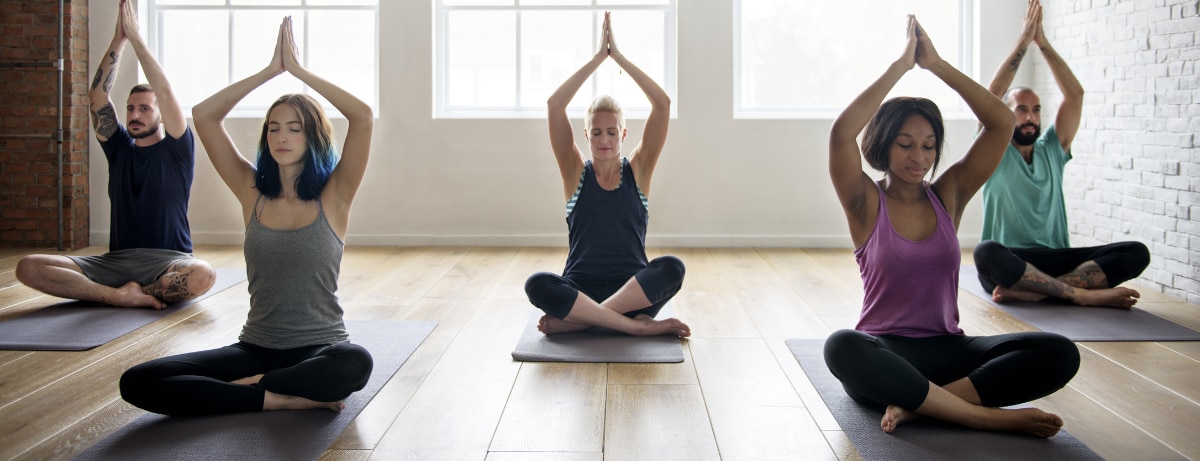15% off €25
Which type of yoga should I be doing?

Yoga might just be one of the best practices you can take up for your overall health. It’s low impact, meaning the risk of injury is generally small when it’s performed correctly. Plus, a whole host of research has linked it with positive health outcomes including easing lower back pain1 and reducing overall stress.2
That’s all very well but with all the different varieties of yoga out there, it can be hard to identify which one is right for you. This guide aims to help you understand some of the different styles and choose the one which best suits you.
Hatha Yoga
Bikram Yoga
Anusara Yoga
Ashtanga Yoga
Iyengar Yoga
During any given Iyengar session, the instructor will pay meticulous attention to your form and correct it as required. For this reason, it’s important to choose an Iyengar class with a reputable instructor.
Iyengar might be a good style for you if you’ve previously suffered from, or want to prevent an injury, as the emphasis on proper alignment helps to strengthen joints and address muscle imbalances safely.



